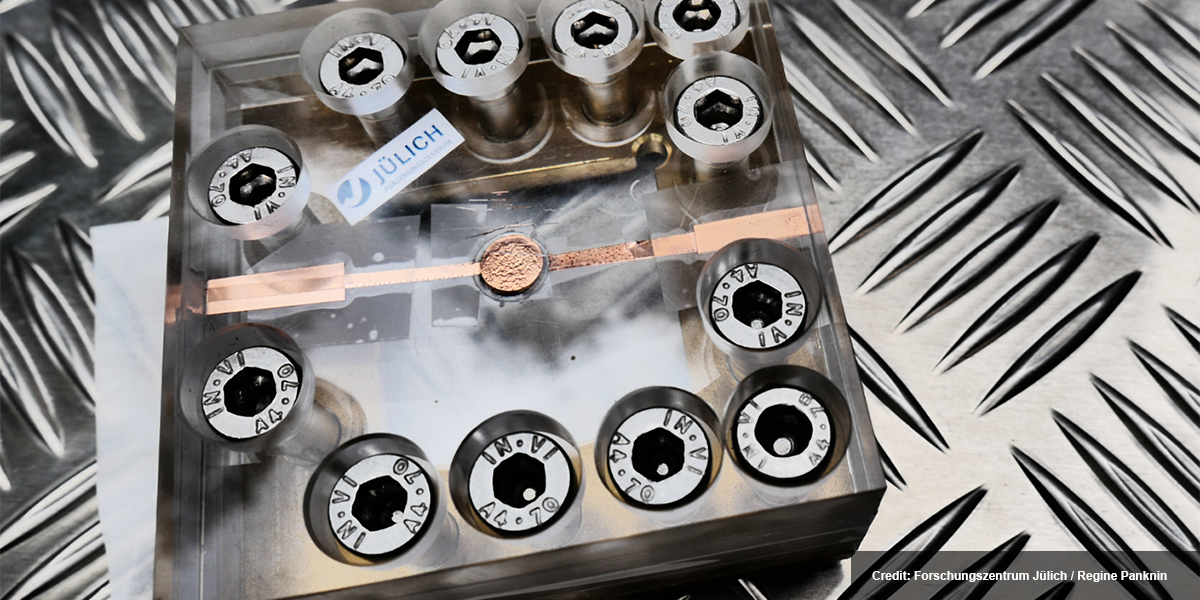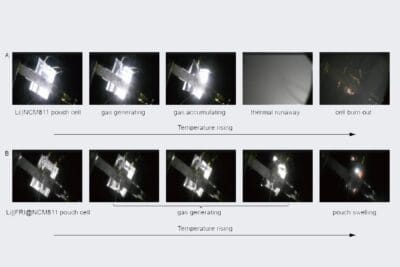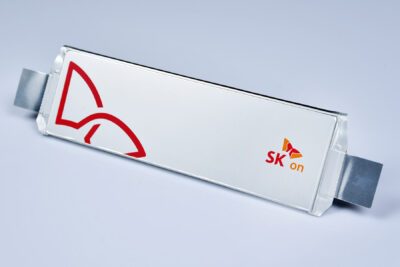Solid electrolyte batteries – the next big thing?!
Battery cells with a solid electrolyte promise high energy densities. Batteries in electric cars could thus become smaller and lighter – and the range could increase. But when is an open question we here try to answer.
Our contributor Christoph M. Schwarzer spoke to experts to analyse the current situation for electrive. Whether and when all-solid-state batteries reach series production is an open question that companies are racing to close. “We have entered a new age,” announced Shigeki Terashi in June. According to the high-ranking Toyota manager, progress has exceeded expectations. They want to present a battery with solid electrolyte for the 2020 Olympic Games in Tokyo. The statement led to euphoria: Japanese corporate culture prefers the understatement. If Toyota speaks of a breakthrough, then there should be something to it. And indeed, the series production of an all-solid-state battery would be a revolution in cell chemistry that so far has only developed evolutionarily. However, everyone involved is a long way from achieving this.
A look at the small print at Toyota also shows that. The announcement of several cooperations had prompted Terashi’s statement. Among other things, Toyota plans to establish a joint venture for the development of solid-state batteries “by the end of 2020” with its long-standing partner Panasonic, which manufactures the nickel-metal hydride batteries for the company’s hybrid cars. This careful formulation alone shows how far one is from series production. Nevertheless, industry and researchers agree: the opportunities are high, and the potential of All-Solid-State is outstanding.
A vital evaluation criterion for battery cells is energy density. One has to differentiate between the gravimetric unit watt-hours per kilogram (Wh/kg) and the volumetric unit watt-hours per litre (Wh/l). Typical cells are 250 Wh/kg and over 600 Wh/l. Both parameters are essential: the weight because it reflects the batteries’ worst disadvantage, namely the extreme use of materials. According to BMW, a good 60 per cent of electrical energy is recuperated during deceleration – but this also means that more than a third is lost. The ballast of an electric car is, therefore, less important than that of a conventional vehicle, but it is by no means indifferent from an energy perspective either. Volumetric energy density, on the other hand, is relevant as the trend towards more and more capacity enlarges the space required for installation. As with Volkswagen’s modular electrification kit (MEB), this space is best found between the axles but is naturally limited.
Up to 70 per cent more volumetric energy density
The introduction of solid electrolytes could increase gravimetric energy density by 40 per cent, and volumetric energy density by 70 per cent, Dr Johannes Kasnatscheew of Forschungszentrum Jülich explains in the interview with electrive. The scientist first worked on liquid electrolytes and now is a specialist for solid electrolyte batteries: “We are looking for the material that enables the best compromise.” There are inorganic electrolytes such as ceramics and glasses as well as organic electrolytes such as polymers. Both have advantages and disadvantages.
Reasonable conductivity, high mechanical robustness, but very high contact resistances during charging and discharging characterise inorganic solid electrolytes. The current flowing is still too low. Organic solid electrolytes, on the other hand, have less contact resistance, but low conductivity. At congresses, scientists continue to discuss the suitability of compounds. At present, sulfid-based inorganic ceramic solid electrolytes are the favourite in terms of conductivity.
The lithium metal anode is the key
In current batteries, the liquid electrolyte is the inactive medium in which the lithium ions migrate between the cathode and anode. However, the highlight of solid electrolytes is not the simple replacement in the sense of an exchange: “With solid electrolytes, we can realise lithium metal instead of graphite-based anodes,” explains Dr Johannes Kasnatscheew. This is the only way to make significant progress in energy density.
If this were to work, it would also drastically improve the use of energy in production and thus the CO2 balance: Today, drying is a complex and energy-intensive process. This would at least be superfluous on the anode side when using solid electrolytes because the foil is from lithium metal. This also reduces toxicity.
When asked how he classifies the prospects for implementation, Kasnatscheev replies diplomatically: “Solid electrolytes are very promising, but remain challenging.”
The success of solid electrolyte batteries is dubious
Electrive spoke with other experts in the industry. They expect to see neither the series production nor the installation into a series car before 2025. So far, there has been no sample of solid electrolyte batteries that could beat current products in terms of their properties. Besides, it first would need to be shown, how pure lithium metal anodes could be produced safely and in mass.
At the same time, it is clear that billions of lithium-ion cells with liquid electrolytes are being built without any significant difficulties. Their development does not stop either; there is a permanent evolutionary improvement. A replacement of the current lithium-ion generation, according to one expert, is not up for discussion.
Nevertheless, the research and development of all-solid-state batteries do not belong in the fairytale realm of promising miracles. The seriousness with which many people around the world are working and the transparency demanded by scientific institutes are no guarantee for success, but proof that there is a well-founded rational hope for change and the Next Big Thing.
Reporting by Christoph M. Schwarzer.





10 Comments